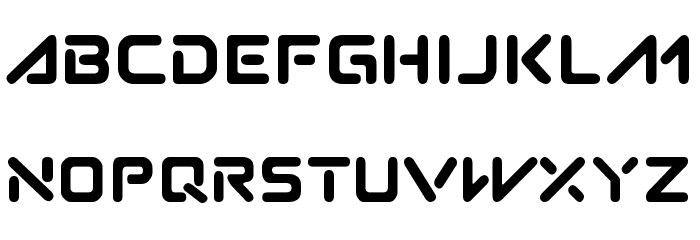
“In there, because the distances between charges are so small, the interatomic electric fields are enormous, on the order of a hundred million volts per centimeter. “When the neutron is in the crystal, it is well within the atomic electric cloud,” said NIST’s Benjamin Heacock, the first author on the Science paper. Measuring the pendellösung oscillations in an electrically charged environment provides a unique way to gauge the charge radius. The new pendellösung data is unaffected by the factors thought to lead to these discrepancies. The distance between those two concentrations is the “charge radius.” That dimension, important to fundamental physics, has been measured by similar types of experiments whose results differ significantly. But they are composite objects made up of three elementary charged particles called quarks with different electrical properties that are not exactly uniformly distributed.Īs a result, predominantly negative charge from one kind of quark tends to be located toward the outer part of the neutron, whereas net positive charge is located toward the center. Neutrons are electrically neutral, as their name suggests. In one striking result, the scientists measured the electrical “charge radius” of the neutron in a new way with an uncertainty in the radius value competitive with the most-precise prior results using other methods. and Canada, resulted in a fourfold improvement in precision measurement of the silicon crystal structure. The latest work, which was conducted at the NIST Center for Neutron Research (NCNR) in Gaithersburg, Maryland, in collaboration with researchers from Japan, the U.S.
Comparing the sounds from both guitars tells us something about the speed bumps: how big they are, how smooth, and do they have interesting shapes?” “Pluck them the same way, and as the strings vibrate, drive one down a road with speed bumps - that is, along the planes of atoms in the lattice - and drive the other down a road of the same length without the speed bumps - analogous to moving between the lattice planes. “Imagine two identical guitars,” said Huber. When waves from each of the two routes combine, or “interfere” in the parlance of physics, they create faint patterns called pendellösung oscillations that provide insights into the forces that neutrons experience inside the crystal. As a neutron travels through the crystal, it forms standing waves (like a plucked guitar string) both in between and on top of rows or sheets of atoms called Bragg planes.

Like all quantum objects, neutrons have both point-like particle and wave properties.

“A vastly improved understanding of the crystal structure of silicon, the ‘universal’ substrate or foundation material on which everything is built, will be crucial in understanding the nature of components operating near the point at which the accuracy of measurements is limited by quantum effects,” said NIST senior project scientist Michael Huber. A great deal is known already, but continued progress requires increasingly detailed knowledge. That information is critically important for characterizing the electronic, mechanical and magnetic properties of microchip components and various novel nanomaterials for next-generation applications including quantum computing. To obtain information about crystalline materials at the atomic scale, scientists typically aim a beam of particles (such as X-rays, electrons or neutrons) at the crystal and detect the beam’s angles, intensities and patterns as it passes through or ricochets off planes in the crystal’s lattice-like atomic geometry. The researchers report their findings in the journal Science.


 0 kommentar(er)
0 kommentar(er)
